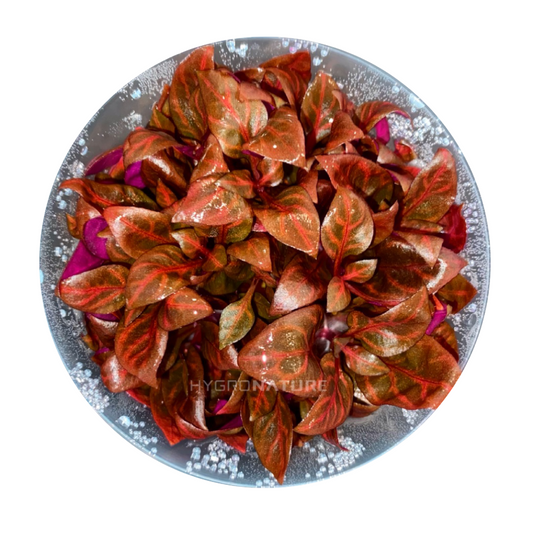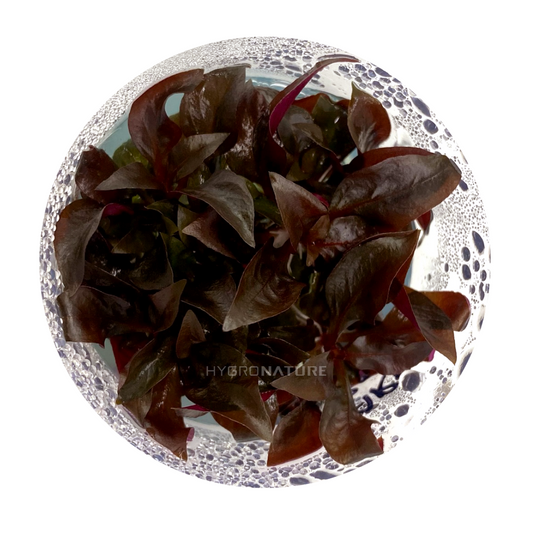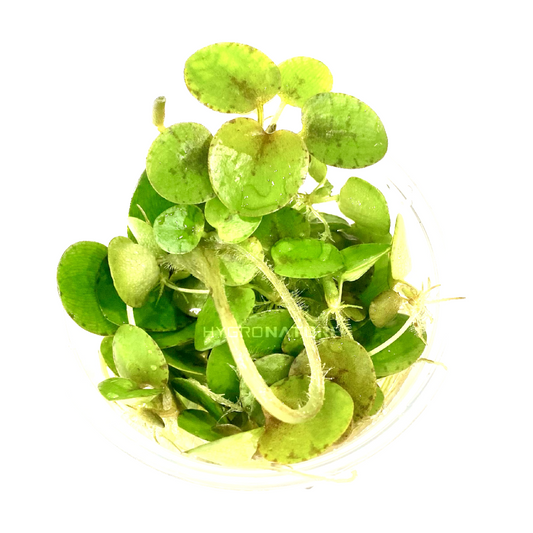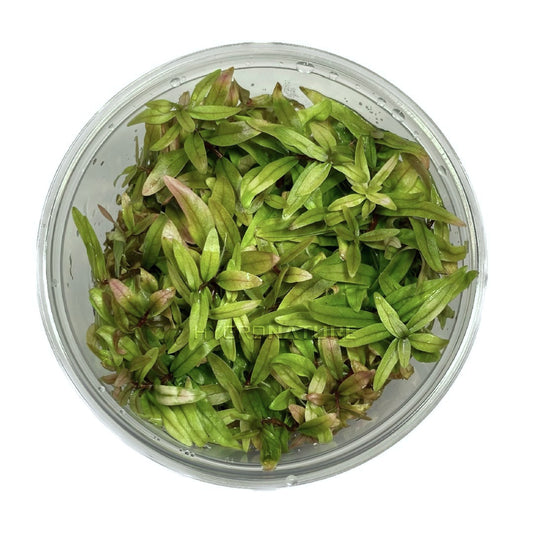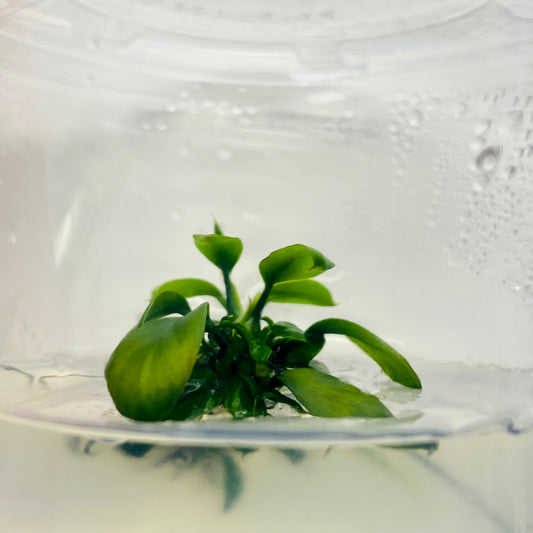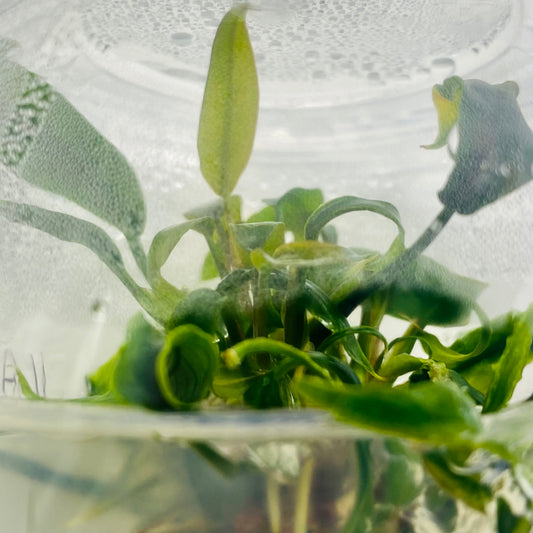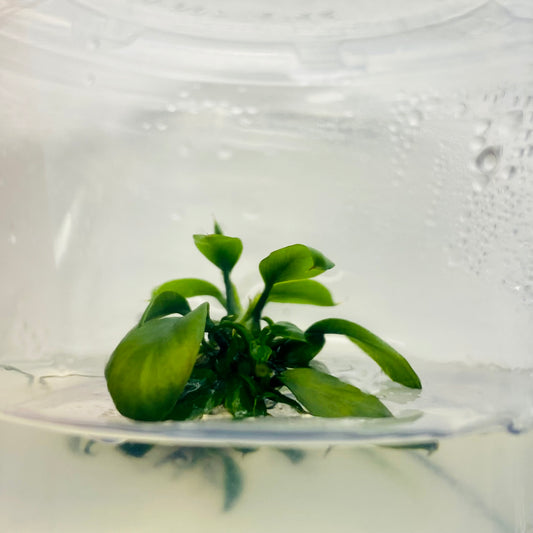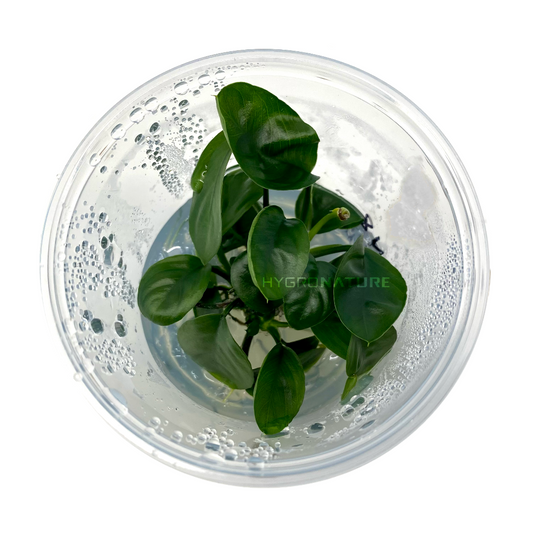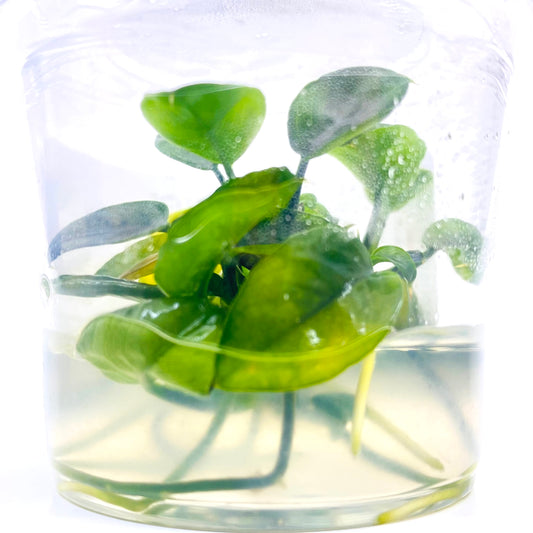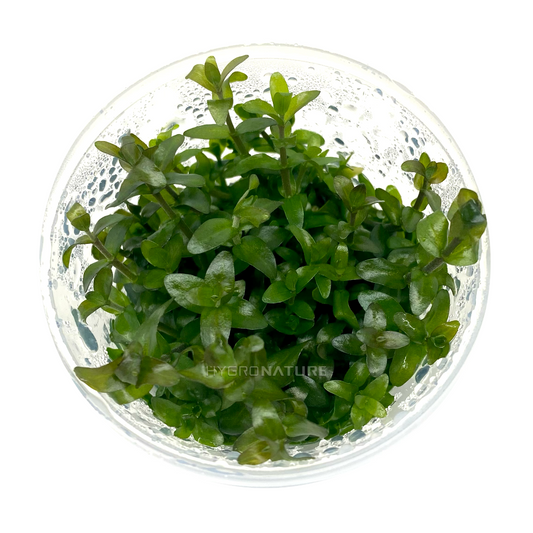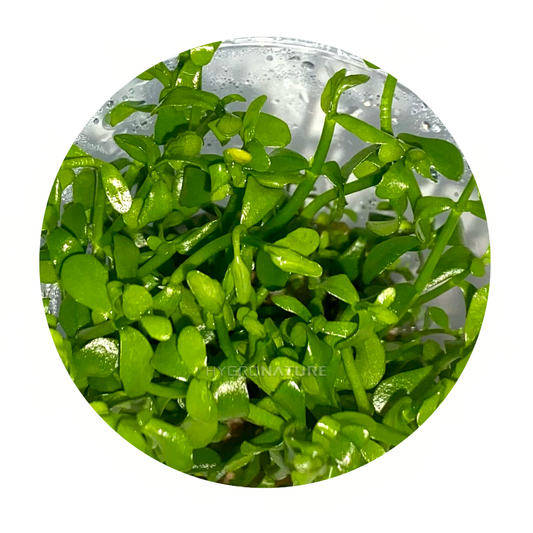Algae growth in planted aquariums can be a common issue for many aquarists. Whether you have a low light or high light setup, maintaining the right balance of nutrients is crucial to prevent algae from taking over your tank. In this blog post, we will delve into the details of how to prevent algae in planted aquariums, covering topics such as nutrient balance, nutrient deficiencies, and more.
Understanding Nutrient Balance
One of the key factors in preventing algae in planted aquariums is maintaining the right balance of nutrients. Plants require a variety of nutrients to thrive, including nitrogen, phosphorus, potassium, and micronutrients like iron. When these nutrients are not in balance, algae can take advantage of the excess and grow rapidly. Testing your water regularly and adjusting your fertilization routine accordingly can help you maintain the proper nutrient balance in your tank.
Identifying Nutrient Deficiencies
In some cases, algae growth in planted aquariums can be a result of nutrient deficiencies in the water. If your plants are not receiving enough of a specific nutrient, they may struggle to outcompete algae for resources. Common signs of nutrient deficiencies in plants include yellowing leaves, stunted growth, and poor overall health. By addressing these deficiencies through targeted fertilization, you can help your plants grow stronger and healthier, making them more resistant to algae overgrowth.
Optimizing Light Levels
Another important factor to consider when preventing algae in planted aquariums is the level of light your tank receives. While some plants thrive in high light conditions, others may do better in low light environments. By choosing plants that are well-suited to your lighting setup and adjusting your lighting schedule accordingly, you can create an environment where plants can thrive and algae struggles to take hold. Additionally, using a timer to regulate your lighting can help maintain a consistent schedule and prevent fluctuations that can promote algae growth.
Coverage with Plants
One effective way to prevent algae growth in your planted aquarium is to ensure that over 70% of the aquarium is covered with plants. A densely planted aquarium creates competition for nutrients and resources, making it harder for algae to establish itself. By maintaining a healthy balance of plants in your aquarium, you can create an environment where algae struggles to survive.
By understanding the importance of light levels, nutrient balance, and plant coverage in your planted aquarium, you can take proactive steps to prevent algae growth and maintain a thriving aquatic ecosystem. With the right knowledge and care, you can enjoy a beautiful and healthy planted aquarium for years to come.


